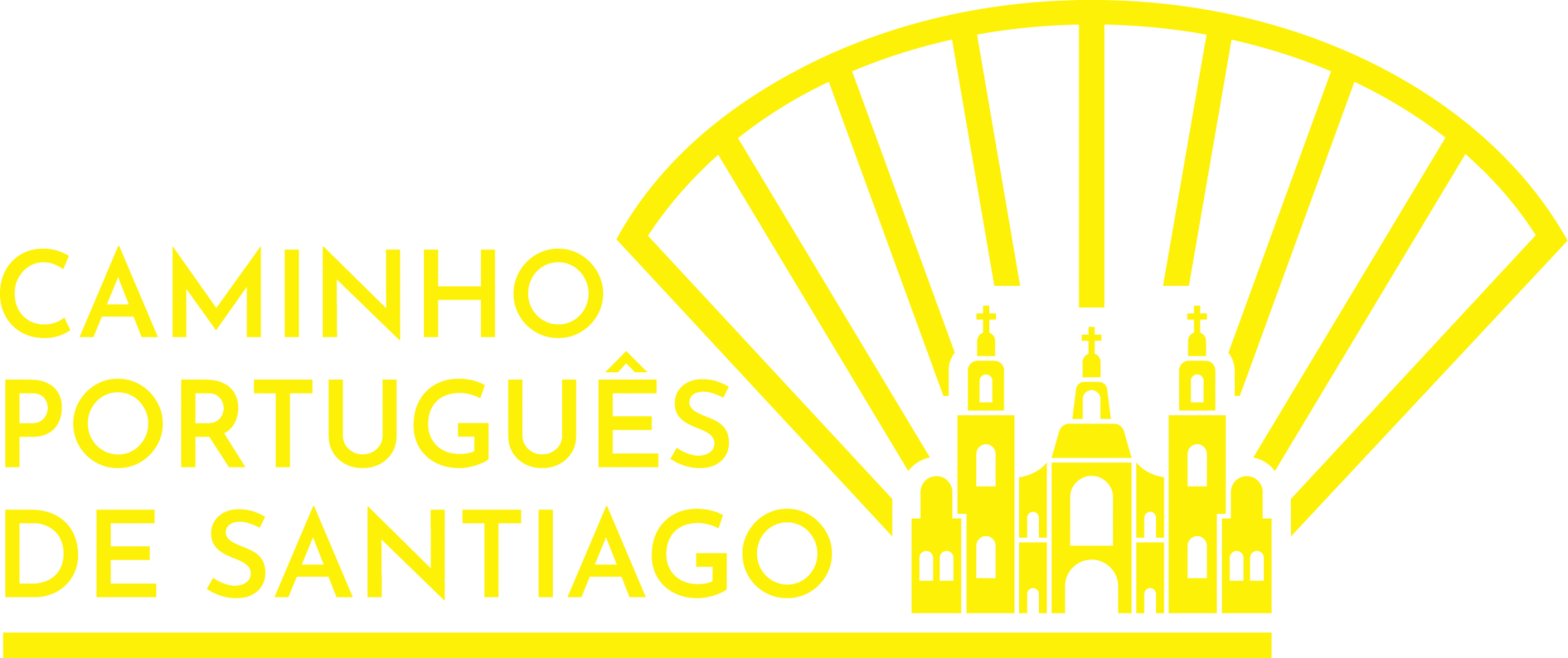The Camino de Santiago has an ancient history. Every year pilgrims from all over the world walk the route to Compostela. In this article we explain the religious reasons for this tradition. But we can say that the stars are to blame.
Camino de Santiago: A religious history.
Let's start at the beginning: The story of the Camino de Santiago, according to Catholic tradition, begins after the death of Jesus. The New Testament tells us that James was born in Bethsaida in Galilee and was a fisherman: "And as he went on from there, he saw two other brothers, James the son of Zebedee, and John his brother, in a boat with their father Zebedee, mending nets; and he called them; and they immediately left the boat and their father and followed him." (Matthew 4:21 and 22). He was the fourth apostle, and was present at the transfiguration on Mount Tabor and on the Mount of Olives before Jesus' arrest. After Jesus' death, the apostles spread the message of their prophet throughout the world. James was assigned the region of Hispania. In particular, what is now Galicia.
However, the mission was not as successful as had been hoped. James' return to Palestine brought with it his death at the hands of King Herod.
"[...] about that time Herod the king laid hands on some of the church to abuse them, and killed James the brother of John with the sword" (Acts 12:1-2).
But the story was yet to be written. In a series of adventures worthy of several stories, the disciples, Theodore and Athanasius, managed to "steal" James' body and cross the Strait of Gibraltar, climb what we know today as Portugal and disembark in Matosinhos.
Camino de Santiago: in Portugal.
According to legend, Cayo Carpo, a pagan Roman lord, sees a ship near the ocean water. His horse runs into the water and heads out to sea. At the bottom of the sea, Cayo Carpo boards a ship that is transporting the body of the Apostle Santiago to Compostela. Scallops cling to his wedding garments. Dazzled by what he saw, the Roman expressed his intention to be baptized and converted to Christianity. Hence, the scallop shell is the symbol of all the Camino de Santiago. Finally arriving at Freedman- a hill near Santiago de Compostela - they buried the apostle.
800 years later, a man named Playo, on his nightly walks, observes the stars. He notices that the stars are gravitating towards the hill in Libredon . Restless, he tries to find out more. Like a wizard king or a sailor, he guides himself by the stars. When he arrives at the desired location, he finds a necropolis with three tombs. Those of St. James, Theodore and Athanasius. The Apostle and his disciples.
As all news travels fast, one of the King of Asturias' bishops informs him of this discovery. Wrapped in faith and a spirit of adventure, King Alfonso II the Castro decides to go on pilgrimage to the mountain Librédon. When he ascertained the truth of what he had been told, the monarch ordered a chapel to be built on the site and changed it to a more appropriate name: Arcis Marmoricis. In memory of the chest that contained the remains of the martyred apostle.
Camino de Santiago: Today
From that moment on, thousands of pilgrims began to walk the Camino de Santiago in all its many variations. Now it's your turn to join this ancient tradition. On our website you'll find the help you need so you don't have to be guided by the stars.
Come and discover the starting point for the Good Way!









Interesting story!!!
Thank you for the beautiful narrative and information about Santiago, of whom I am a devotee and pilgrim.
Pretty! This has been a really wonderful article. Thanks for providing this info.